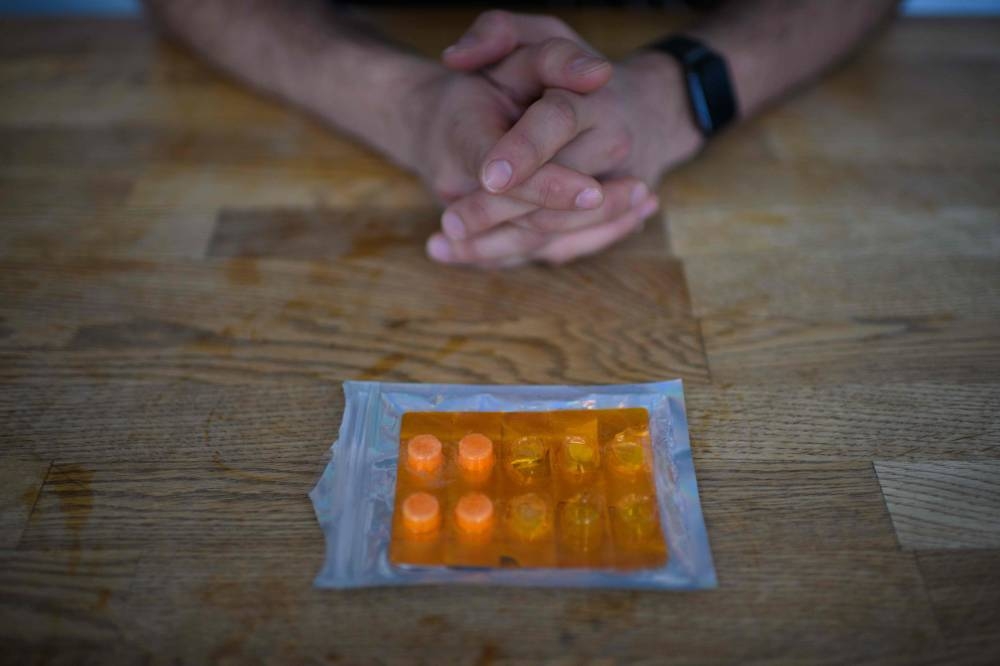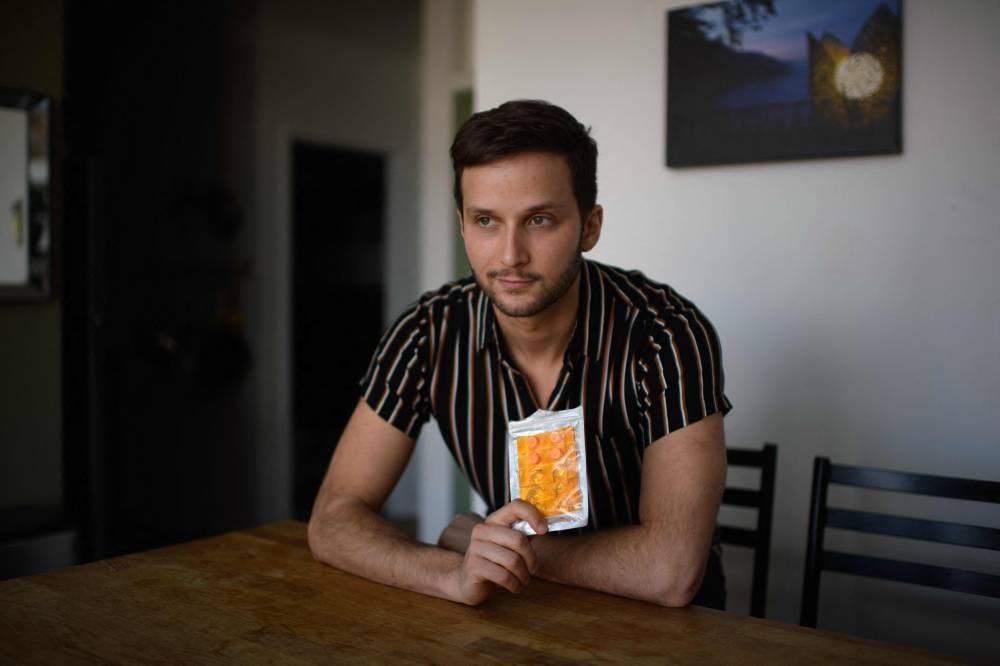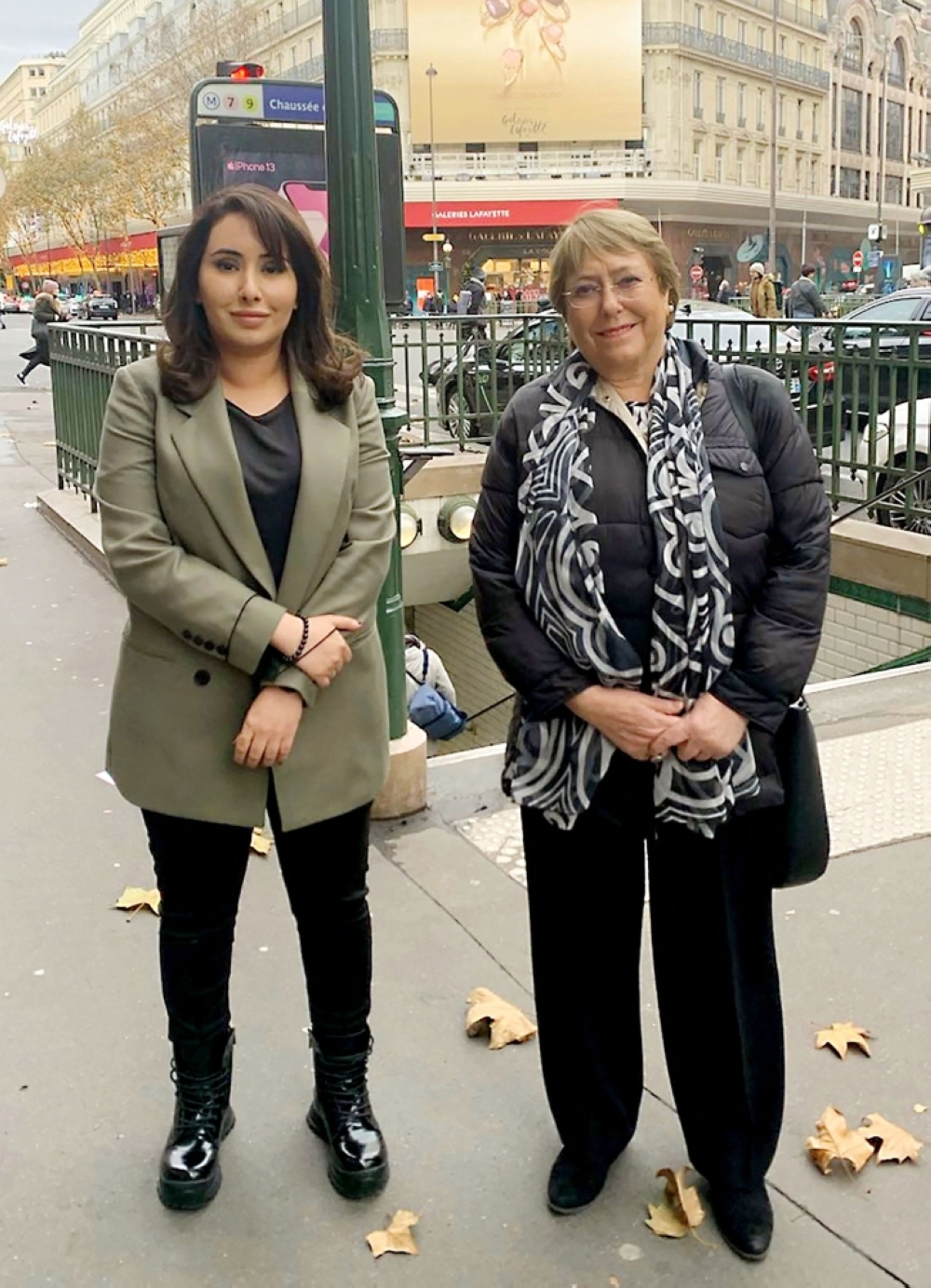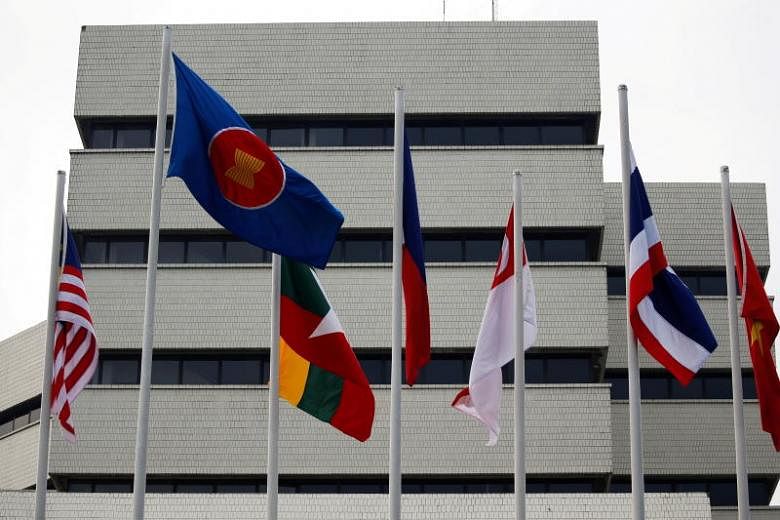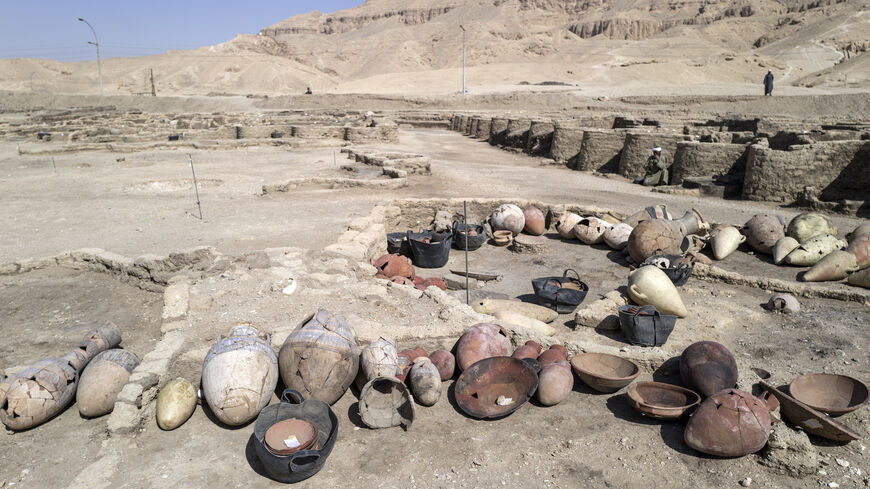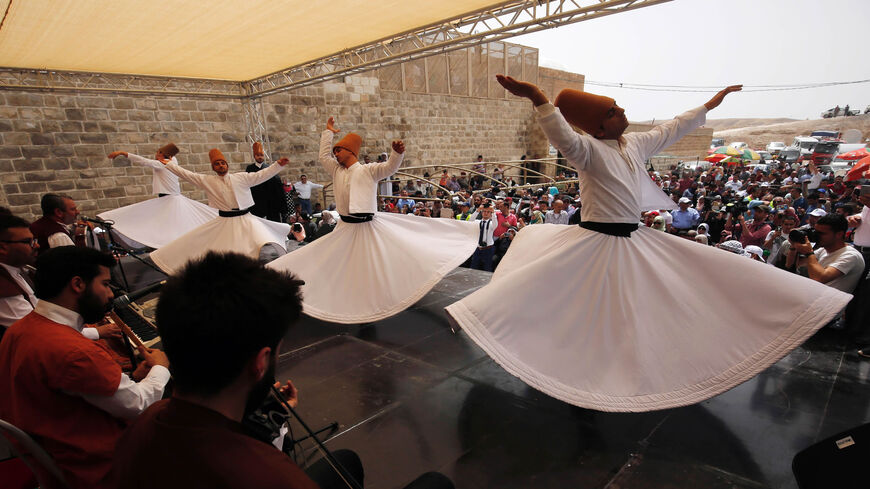Sudanese man killed in crackdown on anti-coup protests as UN expert arrives

Regular protests have rocked the northeast African country since army chief Abdel Fattah al-Burhan led a military takeover in October, sparking international condemnation (AFP/Ebrahim Hamid)
Sun, February 20, 2022
A Sudanese man was shot dead Sunday as security forces cracked down on rallies against last year's military coup, medics said, as a UN rights expert arrived in the country.
Regular protests have rocked the northeast African country since army chief Abdel Fattah al-Burhan led a military takeover in October, sparking international condemnation.
United Nations human rights expert Adama Dieng is visiting Sudan until Thursday, on a trip initially planned for last month but postponed at the request of Sudanese authorities.
A 51-year-old man was hit Sunday with "a live bullet to the chest", the Sudanese Doctors' Committee said, bringing the death toll in a crackdown on anti-coup protests to 82.
"The martyr was a patient at a hospital in Khartoum North... and went out to get some air after struggling with shortness of breath due to the heavy firing of tear gas which filled the hospital ward," the committee said, adding that he was then shot dead.
Thousands had rallied in the capital Khartoum on Sunday, carrying Sudanese flags and posters of others killed during demonstrations in recent months, an AFP correspondent said.
Security forces fired tear gas and wounded several protesters who were heading toward the presidential palace, the correspondent said, while tear gas was also used in nearby Omdurman and North Khartoum.
"We are ready to protest all year," one demonstrator, 24-year-old Thoyaba Ahmed, told AFP, while another, Wadah Khaled, said: "We want to rectify our country's situation to have a good future."
"We need to make sacrifices to resolve the country's issues," said 25-year-old Arij Salah, another demonstrator.
The October takeover derailed a transition painstakingly negotiated between military and civilian leaders following the 2019 ouster of president Omar al-Bashir.
While Sudan has repeatedly denied opening fire on protesters, Human Rights Watch has quoted witnesses detailing how the security forces have used both "live ammunition" and fired tear gas canisters "directly" at crowds, a tactic that can be deadly at close quarters.
UN special representative Volker Perthes said on Twitter Sunday that he met with rights expert Dieng on "his first official visit" to Sudan.
"Dieng will meet with senior Sudanese government officials, representatives of civil society organisations, human rights defenders, heads of UN entities, and diplomats," the UN Office of the High Commissioner for Human Rights said in a statement this week.
Separately, dozens rallied outside a court complex in Khartoum to protest against the trial of several Bashir-era figures, an AFP correspondent said.
Among those on trial is former foreign minister Ibrahim Ghandour, who faces charges over plotting a coup in 2020.
Ghandour's family said last month that he had begun a hunger strike in prison, along with several ex-regime officials.
bur/lg
Tear Gas Fired at Sudan Anti-Coup Protest as UN Expert Arrives
February 20, 2022
Agence France-Presse

KHARTOUM —
Sudanese security forces on Sunday fired tear gas at protesters demonstrating against last year's military coup, an AFP correspondent said, as a United Nations human rights expert arrived in the country.
Thousands rallied in the capital Khartoum, carrying the Sudanese flags and posters of people killed during anti-coup demonstrations in recent months.
Security forces fired tear gas and wounded several protesters who were heading toward the presidential palace in central Khartoum, the correspondent said.
"We are ready to protest all year," said one demonstrator, 24-year-old Thoyaba Ahmed.
Regular protests have rocked the northeast African country since army chief Abdel Fattah al-Burhan led a military takeover in October, sparking international condemnation.
The move derailed a transition painstakingly negotiated between military and civilian leaders following the 2019 ouster of president Omar al-Bashir.
"We want to rectify our country's situation to have a good future," demonstrator Wadah Khaled told AFP.
At least 81 people have been killed and hundreds wounded in a violent crackdown on the protests, according to an independent medics group.
"We need to make sacrifices to resolve the country's issues," 25-year-old demonstrator Arij Salah said.
U.N. human rights expert Adama Dieng, meanwhile, is visiting Sudan until Thursday, on a trip initially planned for last month but postponed at the request of Sudanese authorities.
"Dieng will meet with senior Sudanese government officials, representatives of civil society organizations, human rights defenders, heads of U.N. entities, and diplomats," the U.N. Office of the High Commissioner for Human Rights said in a statement this week.
Separately Sunday, dozens rallied outside a court complex in Khartoum to protest against the trial of several Bashir-era figures, an AFP correspondent said.
Among those on trial is former foreign minister Ibrahim Ghandour, who faces charges over plotting a coup in 2020.
Ghandour's family said last month that he had begun a hunger strike in prison, along with several ex-regime officials.
